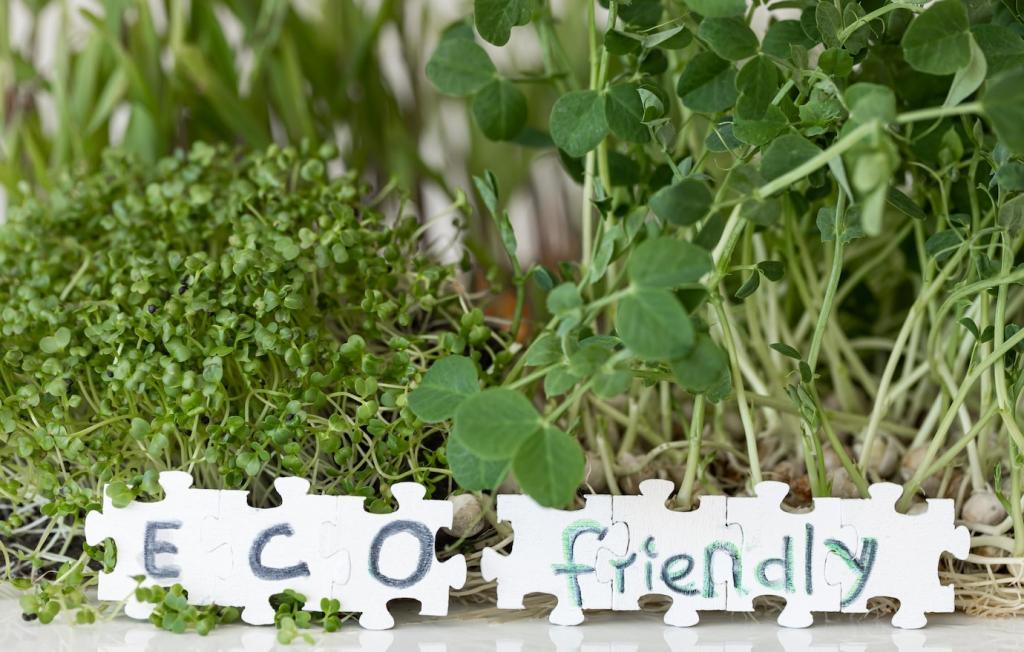Water-saving Fixtures for Green Homes: Small Changes, Big Impact
Chosen theme: “Water-saving Fixtures for Green Homes.” Welcome! If you dream of a home that feels refreshing, looks beautiful, and respects every drop, you are in the right place. Explore practical upgrades, inspiring stories, and expert tips that turn everyday fixtures into powerful tools for conservation. Subscribe for weekly ideas and share your own wins in the comments—your experience can inspire someone else’s next green step.
Why Water-saving Fixtures Matter
One leaky faucet can waste gallons every day, but multiply that across a neighborhood and it turns into a river of lost potential. Upgrading fixtures tackles a global challenge at a personal scale, building resilience while improving daily life.
Why Water-saving Fixtures Matter
WaterSense showerheads use 2.0 gallons per minute or less, faucets often drop to 1.5, and high-efficiency toilets average 1.28 gallons per flush. Many households save 20–40 percent overall, often thousands of gallons yearly, with lower utility bills as a welcome bonus.


Showers and Faucets: Comfort Without Waste
Look for pressure-compensating models that maintain a satisfying spray even when household pressure dips. Aerated and laminar options shape water into fuller-feeling streams at 2.0 gpm or less, preserving warmth, comfort, and that unrushed, restorative shower ritual.
Showers and Faucets: Comfort Without Waste
A simple aerator can reduce a bathroom faucet to 0.5–1.5 gpm, blending air with water for noticeable savings without the choppy feel. Kitchen faucets benefit from swivel aerators or spray modes, directing water precisely where it is needed for less overall use.


Dual-Flush and Pressure-Assisted Toilets
Dual-flush models offer a light flush near 0.8 gallons and a full flush around 1.28, dramatically cutting use compared to old 3.5–5.0 gpf units. Check flappers and seals annually—tiny leaks can erase savings without you noticing.
High-Efficiency Washers
Front-loading or high-efficiency top-load machines use as little as 13–20 gallons per load, compared with 30–40 for older models. Pair with cold cycles, full loads, and concentrated detergents to protect fabrics, reduce energy, and keep your utility bill modest.
Maintenance Habits That Multiply Savings
Use dye tablets to test toilet leaks, listen for slow fills, and inspect supply lines for mineral buildup. A five-minute monthly checklist can prevent silent waste and reassure you that your fixtures are performing exactly as promised.

Smart Irrigation and Outdoor Use
Controllers that adjust to rainfall and evapotranspiration can trim irrigation use by 30–50 percent. Swap spray heads for drip along beds and trees, add mulch to lock in moisture, and group plants by watering needs to keep every zone balanced.


Hot Water, Faster: Recirculation and Point-of-Use Heaters
Push-button or motion-activated recirculation moves hot water only when you need it, reducing wasted cold purges. Pair with insulated pipes and smart timers to balance convenience and energy, keeping comfort high and consumption refreshingly low.
Hot Water, Faster: Recirculation and Point-of-Use Heaters
Compact under-sink heaters—tank or tankless—eliminate long waits at distant fixtures. They are ideal for guest baths, workshops, or accessory dwellings, delivering immediate comfort while sparing gallons that otherwise swirl down the drain unused.



